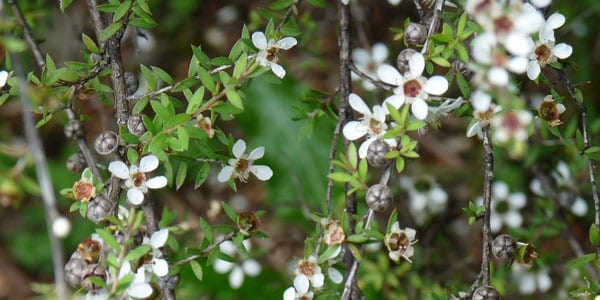
Write: Monica Uriel. Journalist
You can contemplate beautiful landscapes with majestic fjords, geysers, long beaches and lush tropical forests. However New Zealand It also offers the possibility of visiting crops of the fruit to which it gave its name, the Kiwi. As well as some of the 35 wineries open to the public of its main wine region, Marlborough. With its sauvignon blanc world famous.
Equally, you can taste beer craft made with some of the hops that are exported from here to the whole world. Or discover the coveted manuka honey, from the nectar of an endemic bush in the country.
Touring the two islands that form New Zealand you can check the weight of the cattle raising. Is one of the world's leading milk producers and there are close to 30 million sheep.
All in a country with 4,5 million inhabitants. That farming It is the largest economic sector you discover as soon as you arrive at the airport. Due to the strict controls that prevent unprocessed food from being brought into the country.
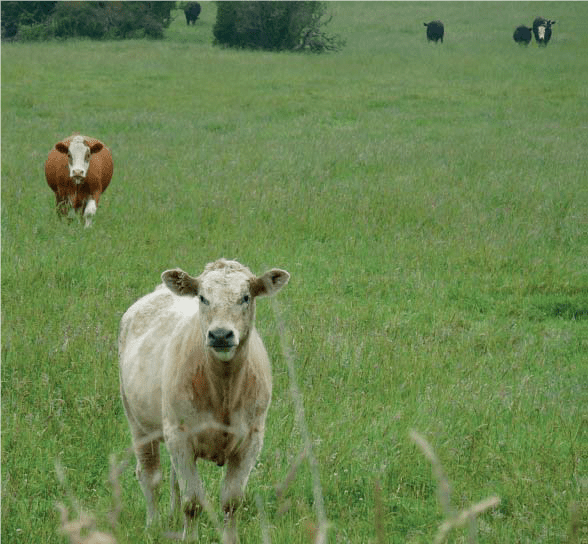
New Zealand viticulture
Apart from livestock, the main crop is vineyard. Its production and export have increased notably in recent years. At the same rate as the consumption of wine in the country. In Marlborough, to the North of the South island, its 148 wineries produce 75% of the wine of the whole country. Only on 33.700 hectares.
Here the composition of the soil is gravel and sand, and the weather is dry. Addition Sauvignon Blanc, in this region occurs Pinot Noir, Chardonnay, Riesling, Gewürztraminer and Pinot Gris. New Zealand wines are characterized by being monovarietals. Simple, very easy on the palate and more fruity than Australians.
All the wineries and their vineyards they can be traveled by car or caravan. Also giving a pleasant bike ride, because the terrain is flat and many wineries are within walking distance between them.
Most of them are around Blenheim and Renwickas Whare you Ra. One of the oldest wineries with vines planted in 1979. It produces organic wines, a type of crop that is becoming increasingly popular in New Zealand. This already represents 10% in Marlborough.
Te Whare Ra Winery
The viticulturist Jason flowerday and his wife, Anna, from the fifth generation of a family dedicated to wine, bought the 11 hectares in 2003. Chosen winery of the year in 2014, Whare you Ra produces very high quality, non-commercial wines. It is very popular the Riesling M, very fresh and sweet, as well as the aromatic Toru.
It also produces Gewürztraminer, Sauvignon Blanc, Pinot Gris, Chardonnay and Pinot Noir. As well Syrah, a variety that only five wineries make there. Whare you Ra It offers visits and tastings between November and March, the month in which grapes are harvested in these latitudes.
Hans Herzog Winery
Not far from it, another winery that produces organic wines is Hans herzog, which as a curiosity has been cultivating for eight years Tempranillo wine. It keeps it in barrels for up to 20 months and sells 2.500 bottles a year. Also, cultivate Verdejo, the only winery that does it in New Zealand. As well as Zweigelt, Grüner Veltiliner, Arneis, Montepulciano and Nebbiolo.
One of the most popular of this winery is the Mistral, while the variety Pinot Noir, which is in barrels for 18 months, was one of the first planted.
The duke, of German origin and with tradition in the world of wine since 1630 in Switzerland, bought 11 hectares of land in Marlborough. With the aim of producing varieties that could not be grown in the European country. Cultivation biodynamic, pruning, collecting and other tasks of the land are carried out following the astrological calendar. Since 2001, in addition to visiting the winery, you can eat in the restaurant overlooking a lavender garden.
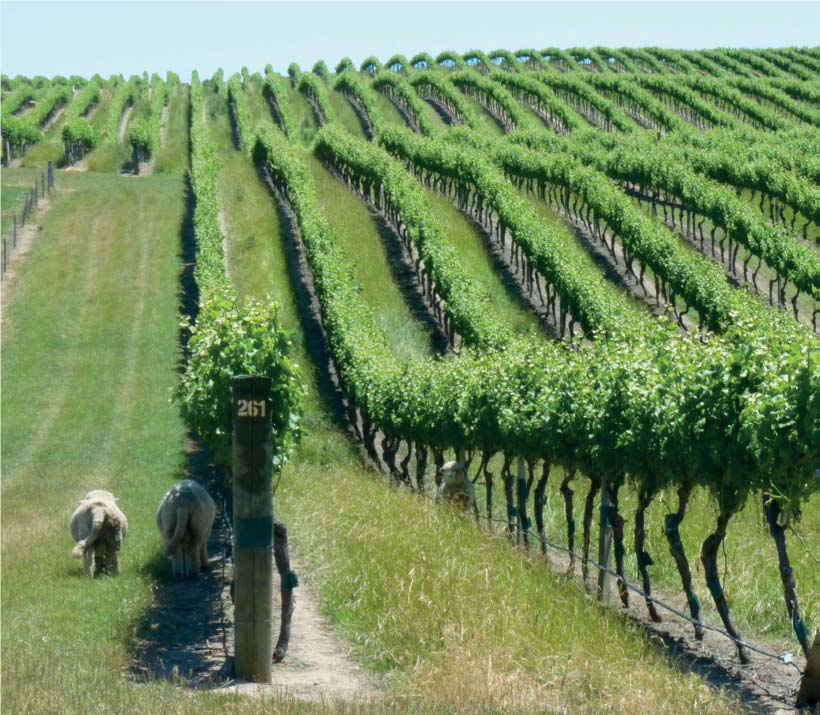
Yealands, a winery with great personality, like its owner
A unique panorama is the one that offers in the near Awatere valley la Yealands winery, whose vineyard is not only the largest in the country. Also the most beautiful. It extends to where the blue water of the Pacific Ocean.
The vineyard is more than 1.000 hectares and the closest to the sea of New Zealand. It can be visited in your own vehicle on a self-guided route along 7,5 kilometers. Its owner, Peter yealands, spent six years transforming the rough grazing terrain that he found until turning it in 2008, specifically on 08/08/08, in the first sustainable vineyard at all levels. For this reason it has been recognized with various awards.
It also has the largest solar panel in the country. yealands, an innovator, explains to us that he has the compost largest of New Zealand. At 50.000 tons each year, it contains tree bark and mussel shells. It can be seen by taking a walk through the vineyards, as well as seaweed. Its composition has made improve soil fertility as well as water retention.
Unique landscape with animals under the vines
In addition to reducing the need for other fertilizers. What's more, yealands He introduced animals to the vineyards two years ago. Chickens and pigs, which provide a natural form of pest control. As well sheep, of a small species, at knee height, that cannot eat the grapes but reduce the need to prune the vines.
Contemplate the sheep under the vines by the sea turn this landscape into something unique. The best-selling and exported wine of yealands is Sauvignon, a variety that occupies 90% of its vineyards.
El Sauvignon Blancfruity and fresh, it has won numerous awards, as well as the Pinot Noir 2014. A curious wine is the Grüner Veltliner, sweet, with notes of peach, honey and spicy.
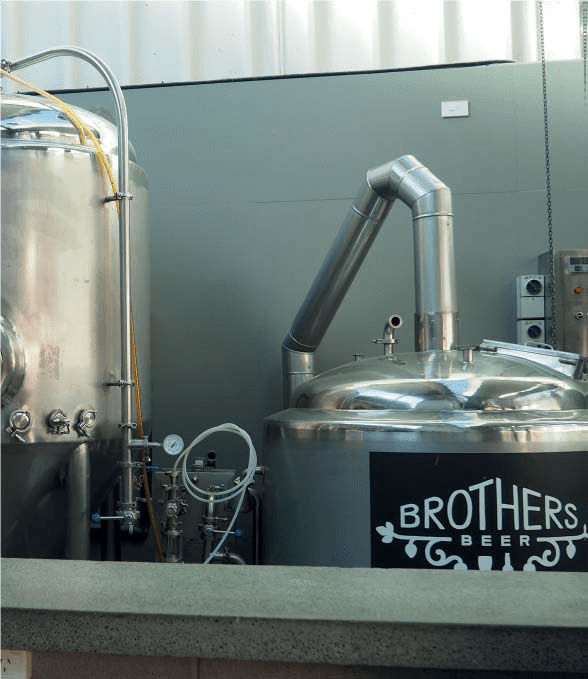
In addition to wine, New Zealanders like, and a lot, the craft beer. There are some 200 factories in the country that, being located at the ideal latitude for its cultivation (40º), produces high quality hops. It is exported all over the world. The boom of the craft beer started on New Zealand in the 80s. Then it decreased and with the turn of the century it returned in a solid way and since then it has not stopped growing.
Great hops and great craft beers
The New Zealand Hops, the only company that produces hops in the country, is a cooperative located in the South Island, Nelson. The first English and German settlers in the mid-XNUMXth century liked the climate and land of this region. So they grew the hops that they brought there.
New varieties were developed in the next 150 years, such as Motueka, Riwaka and Nelson Sauvin. This country, which enjoys one of the purest airs in the world, became famous for the high quality of its hops.
This region, a triangle formed between Riwaka, Tapawera and Brightwater, produces all the hops in the country. “Before we sold hops to Heineken and other big companies. But now we only supply artisan factories ”, its director tells us, Doug Donelan in the facilities of the cooperative.
In addition to receiving hops from 19 producers in the country, the company, created 160 years ago, has 15 own varieties and every three years create a different one. The hops sell it flowering -60% of the volume produced-, in pellets and in abstract. The company exports 80% of its production. 30% to United States and 40% to Europe.
The region calls itself the capital of New Zealand of craft beer. They have created a route through several factories, called nelson rcaft beer trail, many of them family-run.
Another important beer area
The true capital of New Zealand es Wellington. It also has its own walking tour past craft breweries in a small radius. In Auckland, the largest city in the country, are a must for lovers of craft beer Galbraith's, an English style pub.
It is located in a building that in 1913 housed a bookstore in mt eden road, y Brothers beer. Having volcanic soil, Auckland's water, like that of the entire country, is excellent. What favors the manufacture of great beers, Especially Warehouse and all high fermentation.
En Hamilton, 124 kilometers south of Auckland, is the brewery Good george, built in an old church. Offers visits to see the brewing of beer in this original place. As a curiosity, in addition to a beer APA, they make a Coffee IPA.
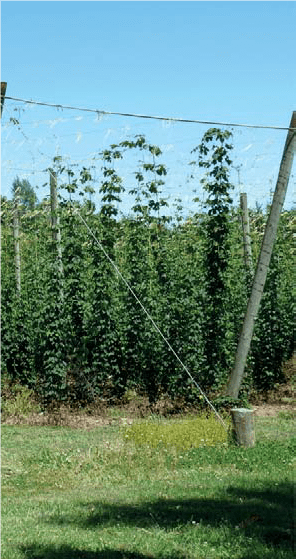
Kiwi cultivation
The volcanic soil also supports the cultivation of its world-famous fruit, the Kiwi. Specially in Puke you, Tauranga. A region in which the visitor can relax taking baths in hot springs surrounded by geysers. This is the call 'Kiwi Capital of the World ', where 80% of the New Zealand kiwis. From the nearby port of Tauranga 70 ships leave between June and December loaded with kiwis towards the whole world.
This fruit provides 1.000 million dollars a year to New Zealand, second world producer behind Italy. From China, where it was known as monkey peach, riding a New Zealand They called it Chinese gooseberry.
When exporting it in the 50s of the XNUMXth century to United StatesThey were told that the fruit was wonderful but had a bad name. So they adopted the name of their most precious bird, with which the country's inhabitants are also called. In New Zealand They are cultivated four varieties of kiwi. There is the Verde, the one that is produced the most. He too gold, sweeter and does not keep as well as the first. Then he baby, which is eaten whole and is very sweet and the Red, which has this color inside.
Pollination, collection and export
In the plantation they explain to the visitor that the Kiwi it has to have the male and female plant. Four females for each male plant, which is also pollinated. They move honeycombs there for pollination. As the flowers do not have nectar, they are added sugar syrup.
So bees stay about ten days to complete pollination. Kiwis grow until May, the month in which the collection. Local people do not want to collect kiwis so they carry workers from Malaysia, Indonesia, Thailand and the Fiji Islands. These stay for at least the 10 weeks of the pickup season.
When kiwis they are collected are not ready to eat, but have reached a set sugar level. Then the green kiwis they can be stored cold for up to nine months. Besides eating kiwis every day, the vast cattle raising of the country allows the visitor to taste an excellent mutton. As well as cow cheeses made based on European recipes.
A rich cheese dairy in Kaikoura
En kaikoura, near the vineyards of marlborough, there is a coastal town where seals come from the sea and it is possible to swim with dolphins. Even whale watching. The cheese factory Kaikoura Cheese It offers artisan cheeses also made from goat.
On the outskirts of this town is an idyllic lavender garden, lavenderyl. Through this you can walk and learn about the distillation process of this plant on a guided tour. In addition to relaxing by taking a Cup of the. Down the coast, on the eccentric oamaru This is where the visitor can find penguins walking through the streets.
There is also the cheese factory WhitestoneWhose Vintage Windsor Blue Cheese won a silver medal. It was last year in the World Championship Cheese Contest in Wisconsin (United States).
From there, in the direction of the fjords on the coast of the Sea of Tasmania, you can visit near Queenstown a distillery of whiskey just opened, Cardrona. It was founded by a woman and possibly the most remote in the world. While waiting for the whiskey to finish aging, it currently produces aged gins and vodka.
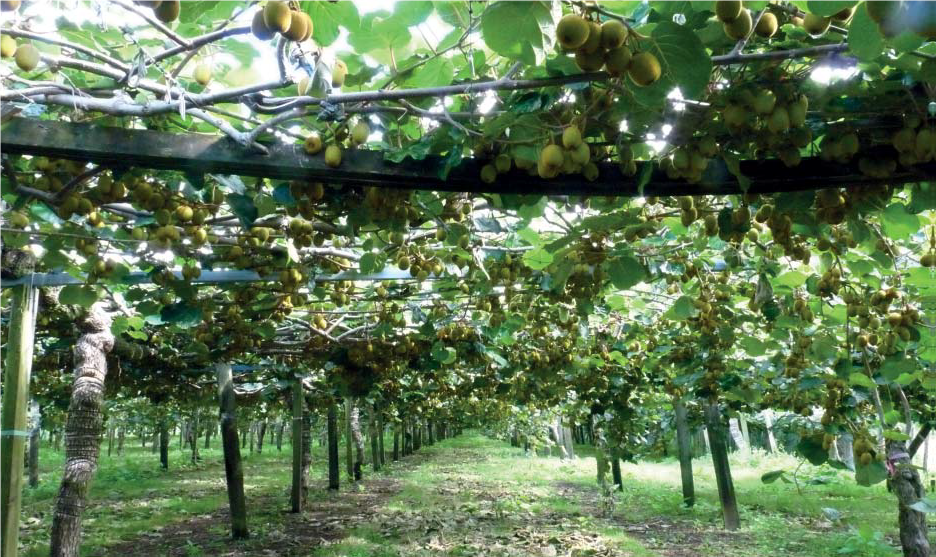

Manuka honey, the gold of honeys
En Tauranga, next to the plantation of kiwis, you can also discover the country's star product, the Manuka honey. It is offered to the visitor from the moment they land at the airport until they start the return flight.
Adored by New Zealanders and Orientals, this honey comes from the pollen of a bush of origin of New Zealand, the manuka. It flourishes with great quality in places without contamination. In addition, bees are at risk of extinction on the entire planet except in Australia and New Zealand.
La manuka flower, white in color, is the source of this pollen. For 500 grams of this honey you need two million Manuka flower, as this flower does not have much nectar.
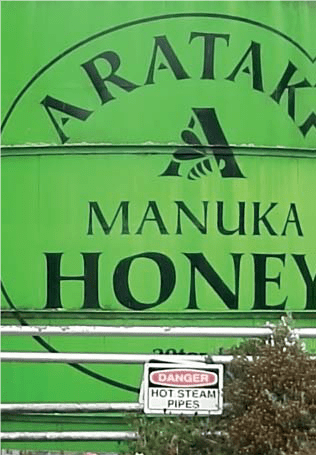

Due to their high value, hives are now carried by helicopter to near these bushes. The difference compared to common honey is that it has a high value in an antibacterial, methylglyoxal. Honey can be purchased by choosing the level it contains. On a scale of 5 to 30, it is certified by entities such as the umf.
This honey is also anti-inflammatory and antioxidant and was originally used for burns and stings. Now, also in cosmetics for its regenerative power. The interpretation center of Comvita, riding a Tauranga, offers a pleasant explanation about this honey.
Article written by Mónica Uriel, journalist






